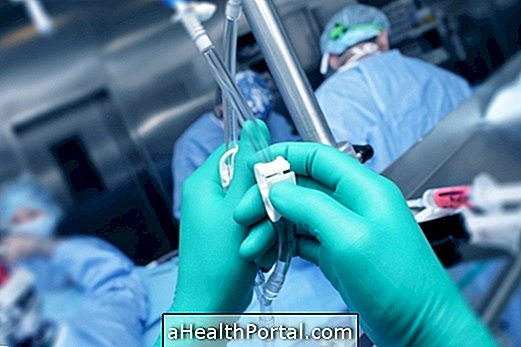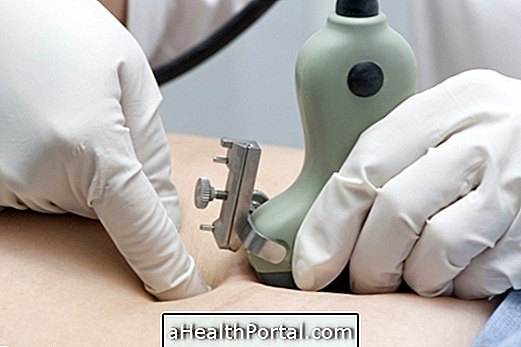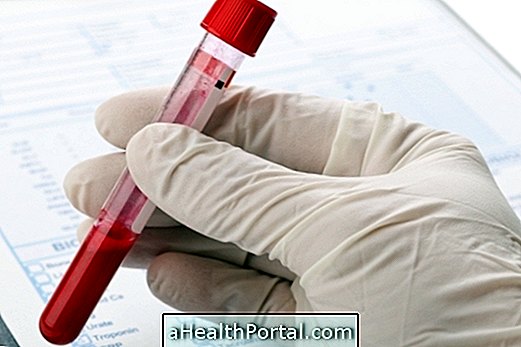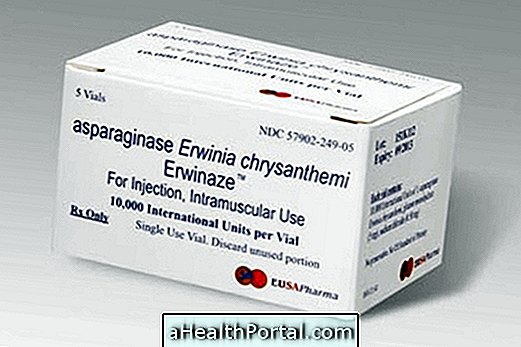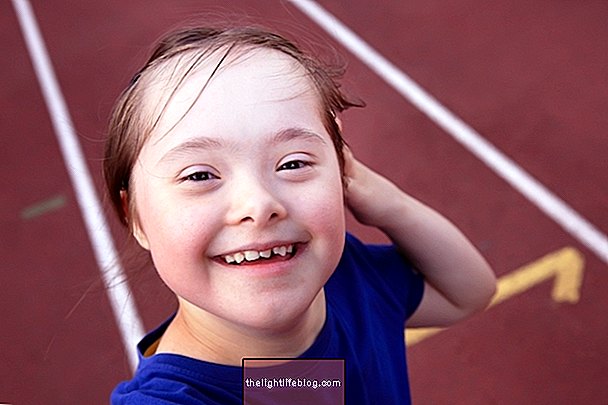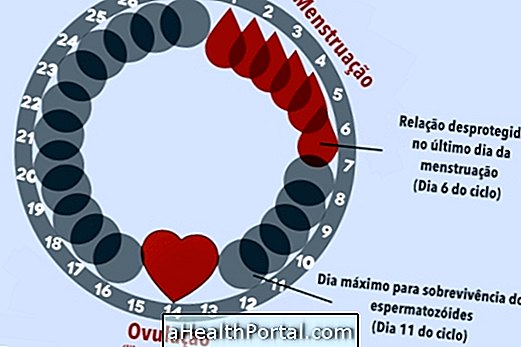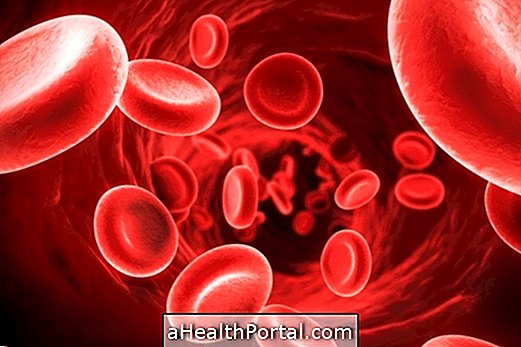To prepare for the lactose intolerance breath test, you need to fast for 12 hours, avoid medications such as antibiotics and laxatives 2 weeks before the test, and avoid foods like milk, beans, pasta and greens on the day before the test.
This test should be prescribed by the doctor and is used to confirm the diagnosis of lactose intolerance, but the patient may experience belly pain and diarrhea during the test. The result is given on time, and the test can be done on adults and children from 1 year of age. Here are other types of tests that can be done to identify lactose intolerance.

How the test is done
At the start of the test, the patient slowly blows in a small device that measures the amount of hydrogen in the breath, which is the gas produced when one is lactose intolerant. Thereafter, a small amount of lactose diluted in water should be swallowed and the product again blown every 30 minutes for a period of 3 hours.
The diagnosis of intolerance is made when the measured amount of hydrogen is 20 ppm higher than the first measurement. For example, if in the first measurement the result was 10 ppm and if after lactose results are above 30 ppm, the diagnosis will be that there is intolerance to lactose.

What to do before the test
The test is done with a 12-hour fast for adults and children older than 2 years, and a 4-hour fast for 1-year-old children. Besides fasting, other necessary recommendations are:
General Recommendations
- Do not take laxatives or antibiotics within 2 weeks of the test;
- Do not take medicine for the stomach or consume alcohol 48 hours before the test;
- Do not apply enemas during the 2 weeks prior to the examination.
Recommendations the day before the exam
- Do not consume beans, beans, bread, crackers, toast, cereal, corn, pasta, and potatoes;
- Do not consume fruits, vegetables, sweets, milk and dairy products, candies, candies and chewing gum;
- Food allowed: rice, meat, fish, egg, soy milk, soy juice.
In addition, 1 hour before the exam is prohibited drinking water and smoking.
Side effects of the test
The lactose intolerance test can cause side effects similar to those caused by milk consumption, such as stunting, bloating, pain and diarrhea.
If the test result was positive, see what to eat in lactose intolerance in the following video.

See an example of a menu and learn how the lactose intolerance diet is.
